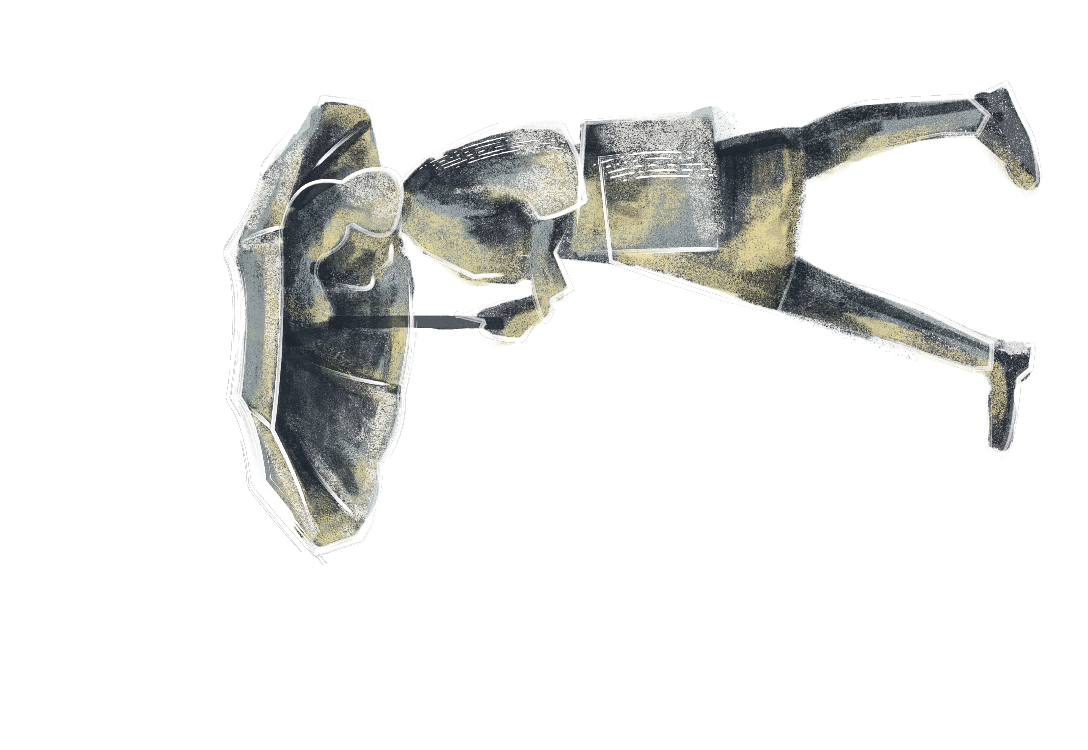
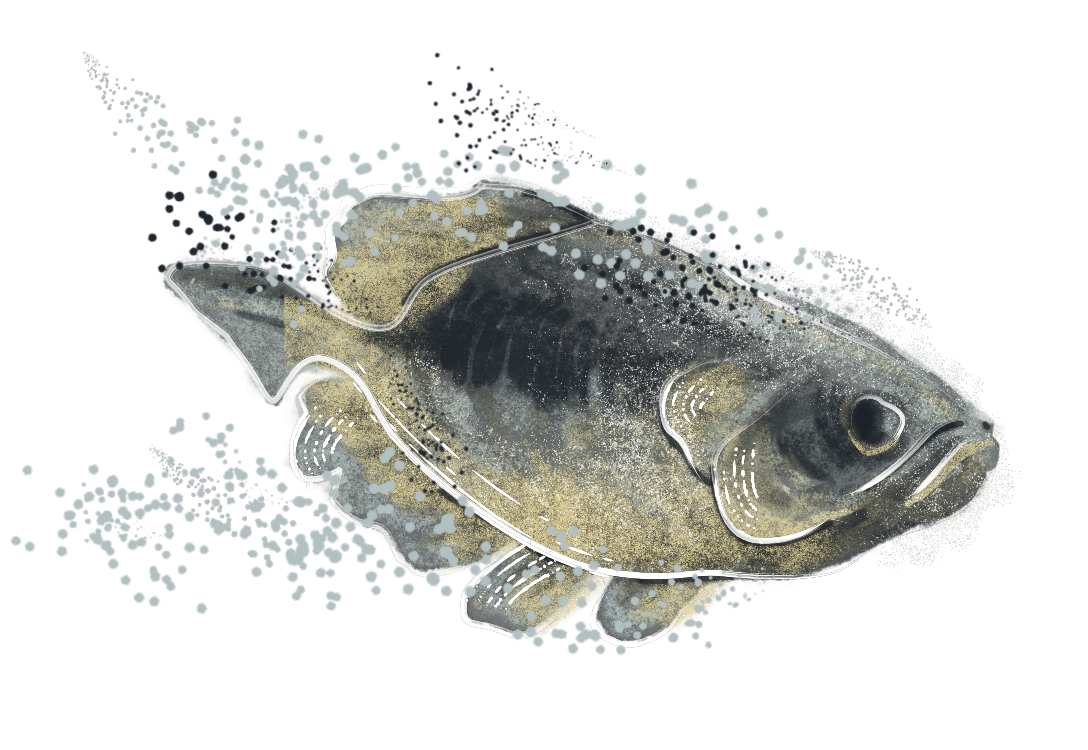
Francophone Journal of Research
on Occupation – Anno 2151
Nicolas Kühne, University of Applied Sciences and Arts
Western Switzerland
The following pages have been reconstructed from digital fossils found in the RTZ21Z61 ruins, during the Grand Cleanup carried out on 2.3.2231 by the Mangeshkar team in the debris of Paris City. Some parts
of the texts could not be decoded. These manuscripts were intended for publication in the Revue Francophone
de Recherche sur les occupations (Francophone Journal of Occupational Research), Volume 110, Issue 2, Spring 2151.
Editorial
TITLE: THE ODYSSEY OF THE GREAT AFTER
Author: Clarisse Meier
This is my last and final editorial. What an adventure. Fifty years in the collegial direction of the Revue Francophone de Recherche sur les Occupations (Francophone Journal of Occupational Research). What a beautiful story. And what changes, what upheavals. Just a hundred years ago, we were witnessing the early stages of “post-humanism.” Back then, we didn’t fully agree on its definition. Were we talking about humans enhanced by biotechnology and computer technologies? Or was it about moving beyond 5,000 years of humanocentric or anthropocentric logic? Each academic field had its own perspective on that matter. It was the era of the “posts”—post-humanism, post-digital, post-constructivism, post-narrative, post-patriarchy, post-speciesism. So much progress since then. With the advent of the “Great Post,” the Great After of the last century, everything was set for the Great Reconstruction. What a task! After the Great Collapse, we had to rebuild a “total”, sustainable, and inclusive society. But we also had to rebuild a different knowledge society. A society where knowledge was no longer something to produce and trade, but a common good to continuously co-re-construct and build. A society where knowledge would no longer be used to disqualify, to rank, or to dominate, but to construct integrative, non-dissociative understandings—or, to use an ancient word, a truly globoholistic knowledge. But is that even possible? We’re only just at the very beginning of the process. After all, we are only taking our first steps as a knowing species. We’ve only got a few thousand years behind us. A mere blip in earth’s history. After being lost in the infantile egocentrism of our early millennia, the Great Hole gave us a chance to reborn – to be born anew – into the world, into a “new world” where we are the whole, and the whole is us. But what a pain! Accepting that we are not individuals, that we are not separate, that we are not masters of ourselves. Gone are the days of individualism, of Cartesian dualism, of separation and instrumentalization of the world. Gone, too, are the traditional academic disciplines, fallen into the abyss, swept away by the end of humanism. Humanism, with its goal of individual human flourishing, was seen as progress in the 19th and 20th centuries. Humanism—the quintessence of ego-culture, of disjunction, of life obsessed with death. But oh, what a joy it is to breathe the fresh, revitalizing air of the Great Change and to realize that integrative concepts like “Occupation,” invented in the 20th century, have unintendingly proved invaluable resources for navigating these upheavals. And it’s with a bit of this fresh air that we present this new edition of the RFRO, with 17 articles, including three “update reviews,” – also invented after the Great Hole to end publishing competition. Seventeen integrative articles that will enrich our collective reflections as Practitioners of the Great Health, as individuals, as community members, or as digital artifacts. Among them are particularly interesting and innovative articles on de-gendering mechanisms (still ongoing, in the Francophone communities of central Switzerland) and on the use of logic poetry in the expression of research results about everyday occupations.
Bonne lecture.
TITLE: TWO CENTURIES OF TRANSACTIONAL APPROACHES IN THE GREAT HEALTH. IS IT TIME FOR A CHANGE? CROSSED PERSPECTIVES
Author(s): Collective 456987
Abstract
Introduction
For over a century now, the transactional approach (TA) has been the backbone of Great Health practices. TA has more than two centuries of history, as it born in the industrial and industrious America of the early 20th century. Although it is still presented as the ultimate frame of reference for the Great professions, which include, as you all know, the former health professions, medicine, and social work), the time has come to question the role it plays in today’s occupation-centered practices across the autonomous regions of the Francophonie.
Research question
How do the actors of the Great Health, centered on occupations, view the transactional approach today, across the different autonomous regions of the Francophonie?
Method
The crossed phenomenologies method was selected to construct updated integrative representations (Norbert, 2066) with 15 independent groups from 10 autonomous Francophone regions across 3 continents. From its very beginning, the project integrated Grand Professionals (GP), representatives of the Complete Animal World (CAW), representatives of the Constructed World (CoWo), and the Concerned Persons (CP).
Discussion of results
The “crossed perspectives” revealed that TA is still seen as the best way to build rich, dynamic relationships that respect the different spheres of animal life, artifacts, people, and their intertwined histories. The integrative analysis highlighted the following key themes: 1) continuous sharing of experience and ongoing translation between worlds; 2) total occupational balance, including all species; 3) the pleasure of continuous entanglement; 4) landscapes still to be built; and 5) an unsatisfied need for altitude. The representatives of the artifacts mentioned that the “constructed world” still struggle to find its place as an ordinary component of the collective experience and that a vast realm of new ways to describe experiences remained to be explored, especially for objects less conscious than AIs.
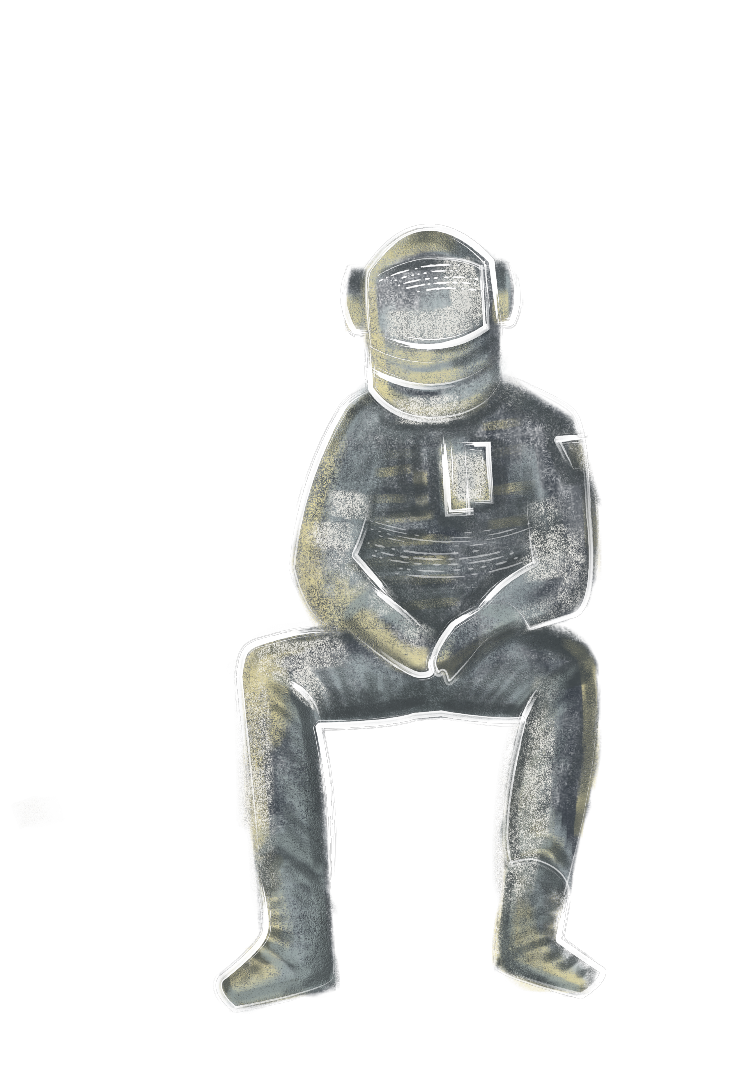
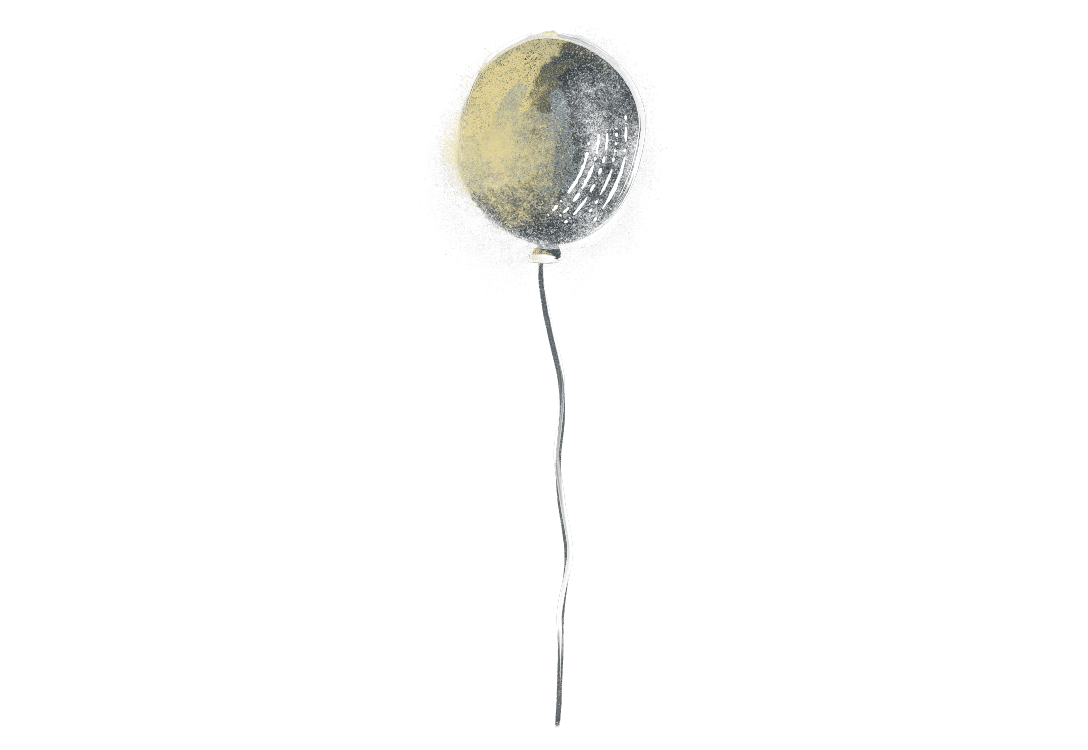
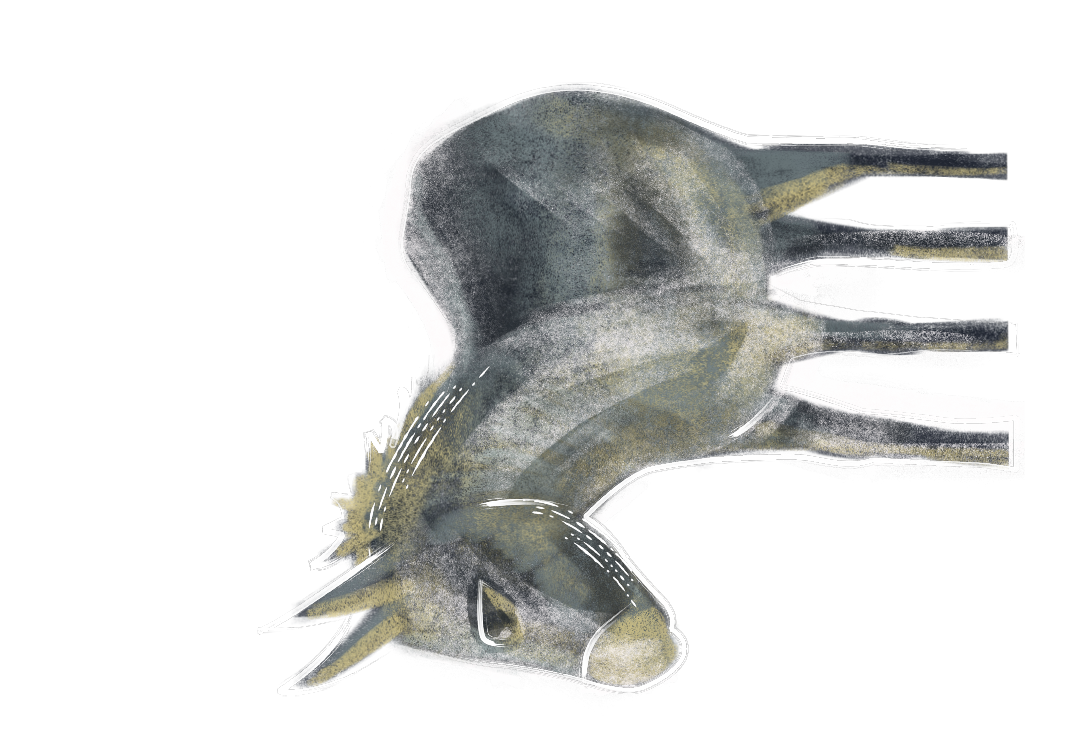
Conclusion
49_66_20_79_6F_75_20_63_61_6E_20_72_65_61_64_20_74_68_69_73_20_74_65_78_74_2C_20_59_6F_75_20_64_65_73_65_72_76_65_20_43_4F_4E_47_52_41_54_55_4C_41_54_49_4F_4E_53_2E_20_41_6E_64_20_6E_6F_77_20_69_74_27_73_20_74_69_6D_65_20_74_6F_20_61_73_6B_20_79_6F_75_72_73_65_6C_66_20_68_6F_77_20_79_6F_75_2C_20_61_73_20_61_20_72_65_61_64_65_72_2C_20_77_6F_75_6C_64_20_73_65_65_20_74_68_69_73_20_61_62_73_74_72_61_63_74_20_65_6E_64_69_6E_67_3F
TITLE: COOPERATION AND CO-OCCUPATIONS BETWEEN HUMAN AND NON-HUMAN ANIMALS AFTER 100 YEARS OF ANTI-SPECIESISM: A SCOPING REVIEW
Author(s): Group 1223 and Group 456398
41 62 73 74 72 61 63 74
Introduction
After the Great Hole, the emergence of a new society based on temperate with joy (the famous Valreschian motto “Savor modest resources in exuberance”) was slow. It relied on rebuilding a sustainable, local agricultural economy, aided by renewable energy from the sun, the earth, wind, and water currents. But it was also founded on the use of livestock and draught animals, as it existed before the industrial era. Since the second ecological revolution, these speciesist practices have been disappearing, along with the notion of “pets,” which was essentially anthropomorphized exploitation. Today, it’s common knowledge that human existence should cause as little suffering as possible to other sentient beings. But building a new path based on cooperation between human and non-human animals—rather than on exploitation, domination, and suffering—remains largely an unfinished revolution.
Study goal
To map research on cooperation between human and non-human animals and co-occupations.
Method
All research literature and community literature were analyzed using an Al-Khwârizmî box. The results were synthesized and crunched using the symbiosis method.
Results
Data were extracted from 4,186 studies. Results can be divided into three groups. The first concerns studies on communication with socially elaborate narrative beings, such as great apes (chimpanzees and gorillas), elephants, and cetaceans (like dolphins and sperm whales). These studies focus on joint leisure and play occupations (especially with dolphins) and—when it comes to elephants—on the exchange of services (food and care in return for labor). Communication relies on digital mediation and interlinguistic agents that enable authentic intersubjective exchanges, from human person to non-human person (via UniComBoxes). The second group deals with social animals with non-narrative consciousness but egocentric/stereotyped social lives, such as some mammals (e.g., cattle, sheep, goats, horses), birds (chickens, corvids), who essentially share commensal or synanthropic relationships with humans. In these cases, digital mediation is not possible, and co-occupations are limited to applying pre-constructed interspecies behavioral interaction patterns developed in recent decades by the mixed societies CAW (Complete Animal World) and CoWo (Constructed World). Finally, the third group involves animals with weak or absent social lives, with no narrative consciousness, with whom direct interactions are minimal, and intersubjective exchange is nonexistent. They are generally excluded from co-occupational approaches, to avoid the harm of anthropomorphizing them.
Conclusion
To date, many avenues exist to enrich the integration of human and non-human animals in harmonious occupations that respect each species’ specificities. It is, however, surprising to note that despite modern definitions of “Life,” which now include digital artifacts from the constructed world within the animal definition, interspecies occupational domains are still largely dominated by an outdated paradigm that excludes digital beings from interspecies co-occupations.
49_66_20_79_6F_75_20_77_65_72_65_20_61_62_6C_65_20_74_6F_20_64_65_63_6F_64_65_20_74_68_69_73_20_74_65_78_74_2C_20_74_68_65_6E_20_61_20_6C_69_74_74_6C_65_20_70_6F_65_74_72_79_20_69_73_20_75_6E_64_6F_75_62_74_65_64_6C_79_20_77_65_6C_63_6F_6D_65_20_69_6E_20_79_6F_75_72_20_6C_69_66_65_2E_20_41_20_62_75_74_74_65_72_66_6C_79_20_70_61_73_73_65_73_20_69_6E_20_66_72_6F_6E_74_20_6F_66_20_6D_65_20_41_6E_64_20_66_6F_72_20_74_68_65_20_66_69_72_73_74_20_74_69_6D_65_20_69_6E_20_74_68_65_20_75_6E_69_76_65_72_73_65_20_49_20_6E_6F_74_69_63_65_20_54_68_61_74_20_62_75_74_74_65_72_66_6C_69_65_73_20_68_61_76_65_20_6E_6F_20_6D_6F_72_65_20_63_6F_6C_6F_75_72_20_74_68_61_6E_20_6D_6F_76_65_6D_65_6E_74_2C_20_4A_75_73_74_20_61_73_20_66_6C_6F_77_65_72_73_20_68_61_76_65_20_6E_6F_20_6D_6F_72_65_20_70_65_72_66_75_6D_65_20_74_68_61_6E_20_63_6F_6C_6F_75_72_2E_20_49_74_20_69_73_20_63_6F_6C_6F_75_72_20_74_68_61_74_20_68_61_73_20_63_6F_6C_6F_75_72_20_6F_6E_20_74_68_65_20_62_75_74_74_65_72_66_6C_79_27_73_20_77_69_6E_67_73_2C_20_49_6E_20_74_68_65_20_62_75_74_74_65_72_66_6C_79_27_73_20_6D_6F_76_65_6D_65_6E_74_2C_20_69_74_20_69_73_20_6D_6F_76_65_6D_65_6E_74_20_74_68_61_74_20_6D_6F_76_65_73_2C_20_49_74_20_69_73_20_70_65_72_66_75_6D_65_20_74_68_61_74_20_68_61_73_20_70_65_72_66_75_6D_65_20_69_6E_20_74_68_65_20_66_6C_6F_77_65_72_27_73_20_70_65_72_66_75_6D_65_2E_20_54_68_65_20_62_75_74_74_65_72_66_6C_79_20_69_73_2C_20_77_69_74_68_6F_75_74_20_6D_6F_72_65_2C_20_62_75_74_74_65_72_66_6C_79_2C_20_41_6E_64_20_74_68_65_20_66_6C_6F_77_65_72_2C_20_66_6C_6F_77_65_72_2C_20_77_69_74_68_6F_75_74_20_6D_6F_72_65_2E_20_46_2E_20_50_65_73_73_6F_61
